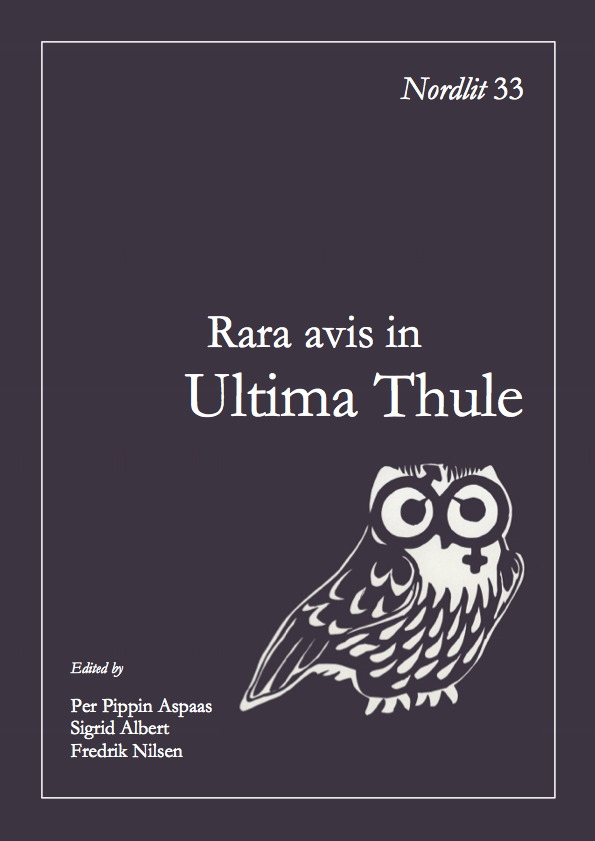Mythic gaps
DOI:
https://doi.org/10.7557/13.3185Keywords:
classical mythology, myth, legend, folk narrative, Pandora, Pygmalion, Asenath, Infancy GospelsAbstract
Different kinds of omissions sometimes occur, or are perceived to occur, in traditional narratives and in tradition-inspired literature. A familiar instance is when a narrator realizes that he or she does not fully remember the story that he or she has begun to tell, and so leaves out part of it, which for listeners may possibly result in an unintelligible narrative. But many instances of narrative gap are not so obvious. From straightforward, objective gaps one can distinguish less-obvious subjective gaps: in many cases narrators do not leave out anything crucial or truly relevant from their exposition, and yet readers perceive gaps and take steps to fill them. The present paper considers four examples of subjective gaps drawn from ancient Greek literature (the Pandora myth), ancient Roman literature (the Pygmalion legend), ancient Hebrew literature (the Joseph legend), and early Christian literature (the Jesus legend). I consider the quite varied ways in which interpreters expand the inherited texts of these stories, such as by devising names, manufacturing motives, creating backstories, and in general filling in biographical ellipses. Finally, I suggest an explanation for the phenomenon of subjective gaps, arguing that, despite their variety, they have a single cause.Downloads
Published
2014-11-16
How to Cite
Hansen, William. 2014. “Mythic gaps”. Nordlit, no. 33 (November):65-75. https://doi.org/10.7557/13.3185.
Issue
Section
Articles
License
Forfattere som publiserer i dette tidsskriftet aksepterer følgende vilkår:
- Forfattere beholder copyright og gir tidsskriftet retten til første publisering samtidig som verket lisensieres med en Creative Commons Attribution 4.0 International lisens som tillater andre å dele verket, forutsatt at verkets forfatter og første publisering i tidsskriftet erkjennes.
- Forfattere kan inngå separate, ikke-eksklusive avtaler om annen distribusjon av tidsskriftets publiserte utgave av verket (f.eks. egenarkivering i et vitenarkiv eller publisering i en bok), så lenge førstepubliseringen i tidsskriftet erkjennes.
- Forfattere tillates og oppmuntres til å gjøre verket tilgjengelig på nettet (f.eks. i et vitenarkiv eller på andre nettsider) før og under innlevering, da dette kan lede til nyttige menings- og kunnskapsutvekslinger og til tidligere og mer sitering av det publiserte verket. (Se The Effect of Open Access).









